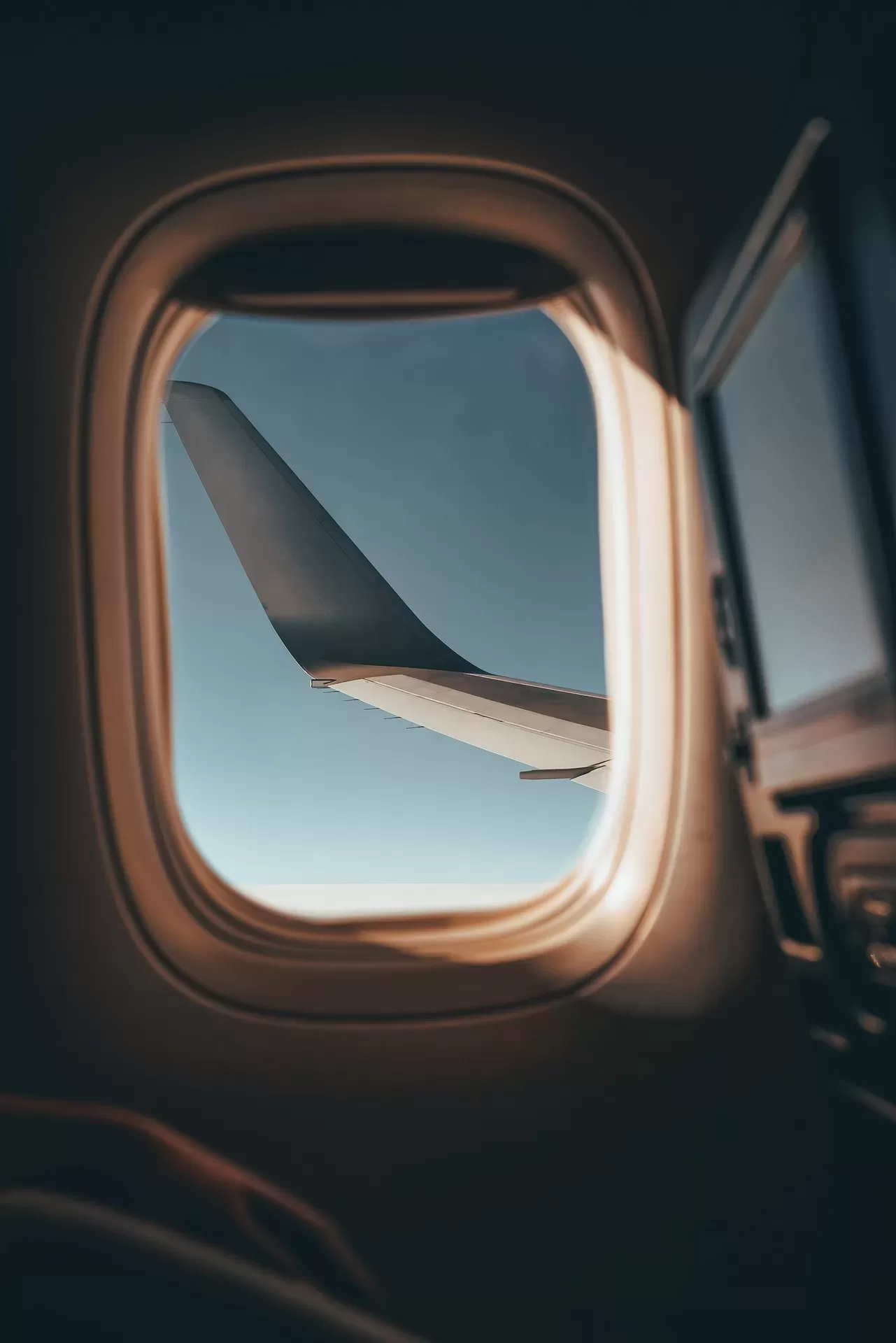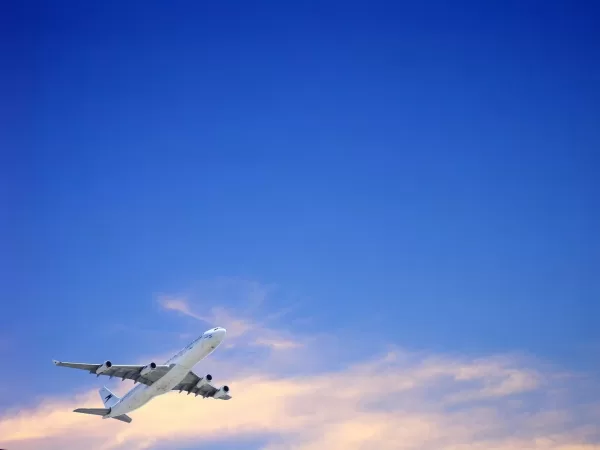
Aviation is one of the major economic and social engines of global development. 4.5 billion passengers are carried by the world’s airlines every year. More than a third of all trade, by value is conducted by air, making aviation a key component of trade worldwide. Despite the significant benefits, aviation faces several challenges, including environmental pollution. There are many ways to reduce environmental pollution in aviation.
An inflight aircraft balances its weight by aerodynamic lift and aerodynamic drag using thrust. The maximum range of the aircraft and its fuel consumption are affected by the efficiency with which thrust can be used to overcome aerodynamic drag. Increasing efficiency at lower cruise speeds increases the range and reduces the environmental impact of aviation. When we observe the flight of the masters, the birds, we notice their natural ability to work with aerodynamics by changing the shape of their wings. The purpose of this ability is, of course, to minimize the effort required to fly. Another inspiration that birds offer is their optimised internal skeletal structure, which results in the light weight structure of their bodies.


To fully exploit the bird inspiration in this content, we must be able to optimally adapt the wing shape to the crucial flight conditions. Such a wing can be adjusted to various combinations of weight and flight altitude. This will result in lower overall drag of the aircraft. The second offered possibility for further improvement is the decrease in the demands for structural strength and stiffness, leading to a lower structural weight. This can be achieved by mitigating the effects of gust loading and by suppressing adverse aeroelastic effects such as a flutter.
The exploratory research project leading to the design of an aircraft structure changing its morphology creates the convenient environment for networking and close collaboration within multiple disciplines and institutions. BAANG creates the scientific strategy that connects 4 disciplines (aeronautics, mechatronics, mechanics of materials and additive technologies) and collaborates in 5 areas (smart materials, novel structures, new design, simulation techniques and optimal wing shape adaptation). It brings together four institutions: Brno University of Technology (BUT) – the widening coordinator and three top-class leading universities – TU Delft, Imperial College London (Imperial) and TU WIEN.


A strong portfolio of twinning activities brings a unique network of disciplines that opens innovative opportunities for smart aviation solutions and significantly stimulates scientific excellence both in the coordinator’s institute and in the partnering institutions.
